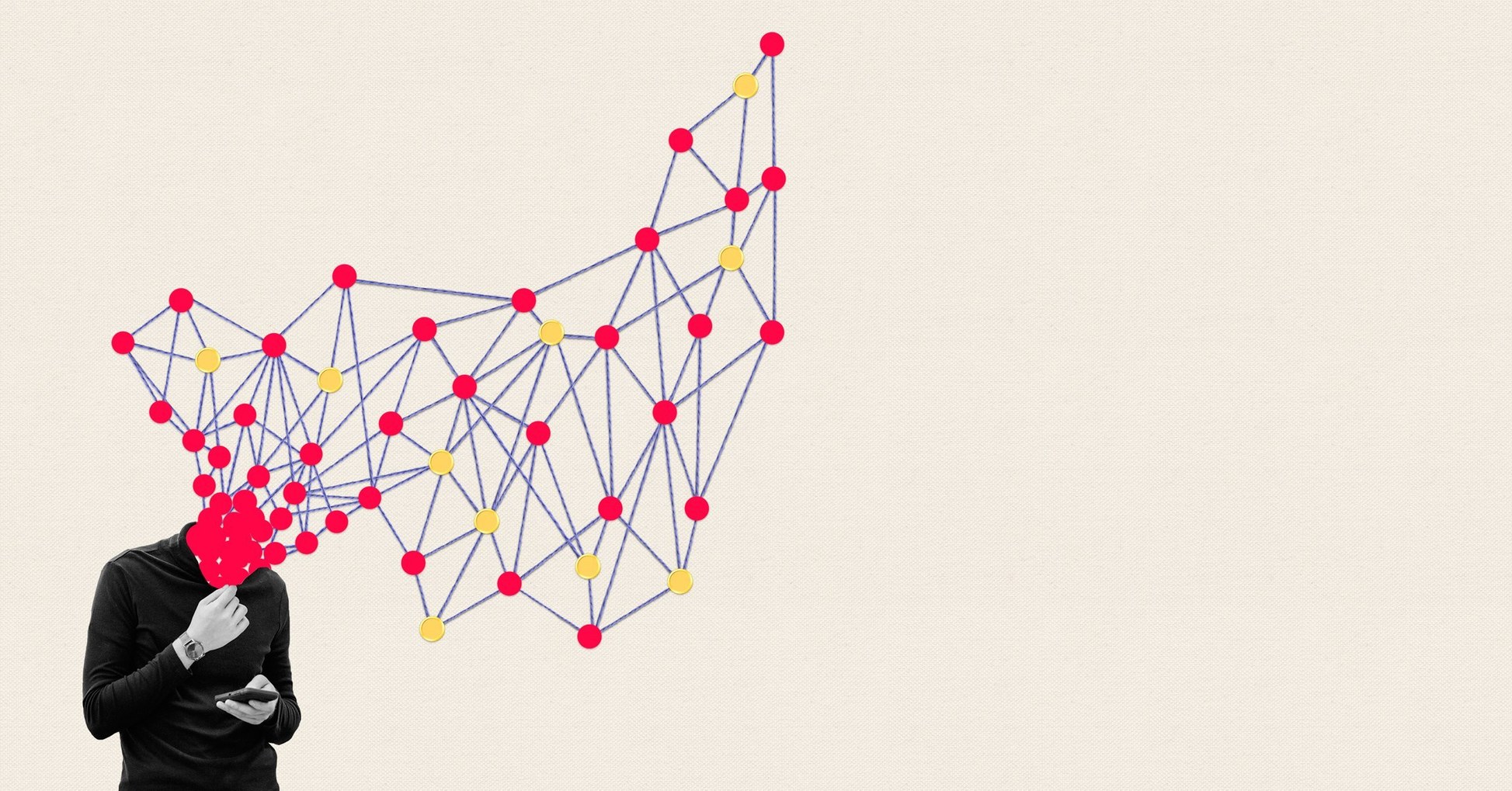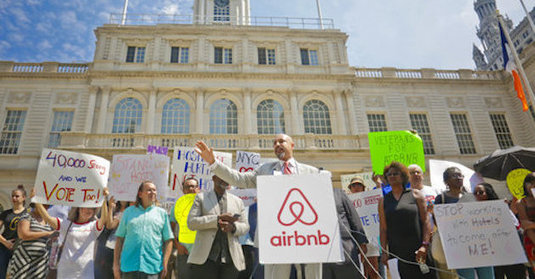Street Artist Hides $1,000 in BTC Inside a Mural Depicting Paris Protests
Over the last eight weeks, the world has watched the yellow vest protests in France as the grassroots political movement has fought for economic justice. On Sunday, the well known street artist Pascal Boyart (Pboy) revealed a mural that contains a solvable puzzle with 0.28 BTC inside. The artist explained that the puzzle cannot be solved remotely and that sleuths must visit the location to decipher the painting’s clues.










